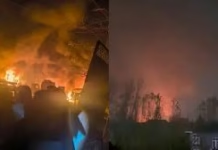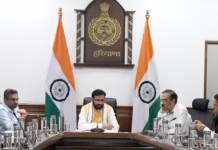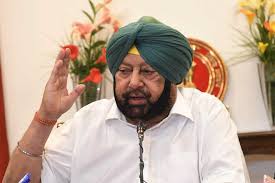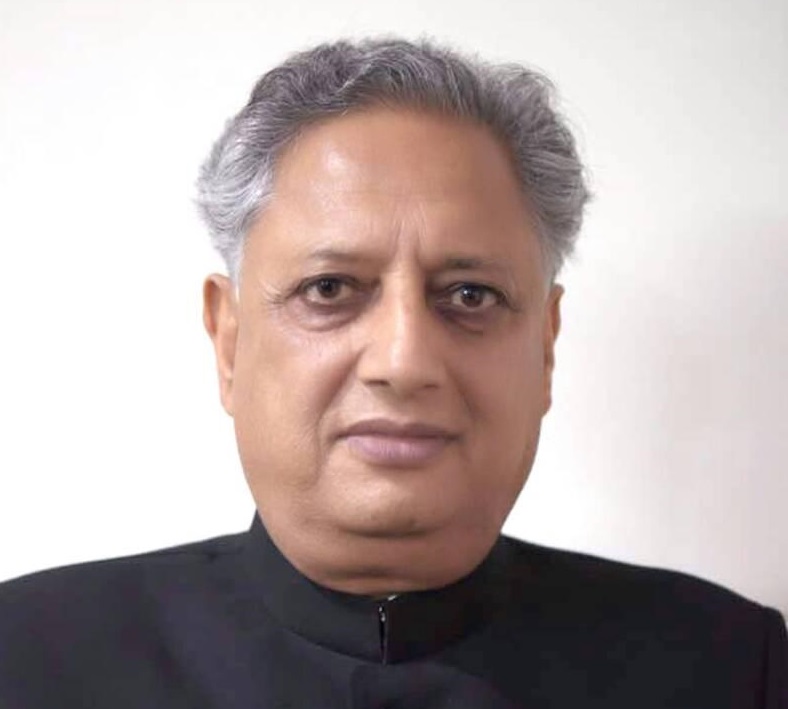Srinagar – Delhi Railway line to boost tourism economy- Mohammad Hanief
Mohammad Hanief/ February 8,2025
Visiting Delhi to Kashmir can be achieved in several ways. Nestled in the lap of the Himalayas, Jammu and Kashmir due to mountainous terrain, road connectivity and conditions vary throughout the year. The valley and Jammu region cater to all kinds of travelers ranging from solo adventurers to honeymooners.
With majestic mountains guarding it and the Jhelum River acting as a sentinel, Srinagar is a city of supreme wonder. Transportation to and from this divine haven is effortless, as it is intricately linked to other parts of India through air, road, and rail.
Notably, a satisfactory speed trial was conducted on the Katra-Banihal railway section of the Udhampur-Srinagar-Baramula Rail Link (USBRL) during the Commissioner of Railway Safety (CRS) inspection on January 8 and 9 this year.
The Katra-Banihal section is a vital link in the USBRL project, bridging the gap between the Jammu region and the Kashmir Valley. Known for its complex topography and engineering marvels, the section features the Chenab Bridge, the world’s highest railway bridge, along with several state-of-the-art tunnels and cutting-edge safety features.
In 2013, the first train chugged from Baramulla in North Kashmir to Banihal in Jammu, marking a milestone by connecting the two regions. The 112 km between Banihal and Katra would take another 10 years, given the huge topographical challenges, including a brief contemplation that the alignment be changed.
The history of railways in Jammu and Kashmir dates to the pre-independence era when in 1890 a train service was started between Jammu and Sialkot (now in Pakistan). After that it was only after the 1965 war between India and Pakistan that work started to bring direct train to Jammu from Punjab.
In 1972, the first train reached Jammu with the name of Srinagar express, now Jhelum Express and after that other trains also arrived in the winter capital. The latest among them all is Vande Bharat express, which is expected to become the first train to Kashmir directly from the national capital.
In 1981, Jammu to Udhampur train project was taken up and the foundation stone was laid by the then Prime Minister Indira Gandhi on April 14, 1983. After missing several deadlines, on April 13, 2005 the then PM Manmohan Singh flagged off the train service to Udhampur.
Jammu Tawi, is the busiest railway station in Jammu and Kashmir. It serves as the northern terminal of major trains connecting the city with the rest of India. Regular express trains from Jammu to Delhi, Mumbai, Kolkata, and Trivandrum run efficiently.The picturesque section between Banihal and Baramulla of Jammu–Baramulla railway line passes through several towns in Kashmir Valley. It is an excellent alternative for those wanting to take the tracks not often taken.
Dubbed the Udhampur-Srinagar-Baramulla Rail Link (USBRL), the 272-kilometre project has been under construction since 1997. It is one of India’s most ambitious infrastructure undertakings, with an estimated cost of Rs 41,000 crore. The line traverses some of the world’s most challenging terrain, requiring 36 tunnels and 943 bridges spanning a total of 119 kilometres.
But it was the last leg of the project between Katra and Banihal, which received safety clearance from the Commissioner of Railways Safety last week following successful two-day trial runs on January 7 and 8. This corridor, spanning 111 kilometres long, includes 97 kilometres of tunnels and 37 bridges, including the Chenab Bridge.
Stretching 1,178 feet high, the highest railway bridge—equivalent to a 70-storey building — and featuring an array of engineering marvels including the longest 12.77-kilometre tunnel and India’s first cable-stayed bridge, the long-awaited railway connecting Jammu and Kashmir is set to offer a connection and a path to new possibilities.
Despite the delays and setbacks, engineers and officials involved in the project say it has set a new benchmark for railway construction in mountainous regions.
Railway officials have already informed that the train has several additional features as compared to the other 136 Vande Bharat Express trains currently running in different parts of the country so that it can meet the operational challenges and passengers’ amenities in extreme weather conditions of Jammu and Kashmir.
The Vande Bharat train has advance heating systems which prevent freezing of water tank and bio-toilet tanks, provide warm air for vacuum system as well as laboratories and ensures air-brake system functions optimally for smooth operations even in sub-zero temperatures. Also it has embedded heating elements in the windshield so that the driver’s front lookout glass gets automatically defrosted ensuring clear visibility in hard winter conditions.
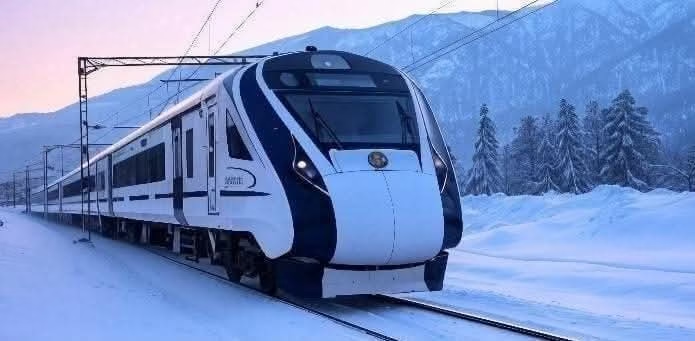
The rail section, trial runs for which is ongoing, will formally establish a railway link to the Kashmir Valley and, seen in conjunction with the likely inauguration of Vande Bharat train services to Kashmir soon, could help give a significant economic boost to the region.
Creation of the Jammu Railway Division, with 742.1 KM comprising Pathankot – Jammu – Udhampur – Srinagar – Baramulla, BhogpurSirwal – Pathankot, Batala – Pathankot and Pathankot to Joginder Nagar sections, will significantly benefit Jammu and Kashmir and surrounding regions, fulfilling the long pending aspiration of the people and improving connectivity to other parts of India. It will create employment opportunities, infrastructure development, promote tourism and lead to overall socio-economic development of the region.
The start of direct train service to Kashmir will benefit the overall development of J&K whereas trade and tourism of Kashmir valley will also increase. Goods and fuel, which so far are being transported to the valley through the Jammu-Srinagar national highway, will also be taken in cargo trains and the prices of goods are also expected to come down.
The Udhampur- Srinagar-Baramulla rail link project in the Himalayan terrain will provide a boost to the overall development in the hill region generating immense opportunities for the tourism sector. Experts said this region has the potential to attract national and international tourists levels once the commencement of rail services, it will provide better connectivity to travellers to reach from Kashmir to Kanyakumari.
NOTE: (The views expressed are personal. The author can be contacted at [email protected] / X/Twitter: @haniefmha)





